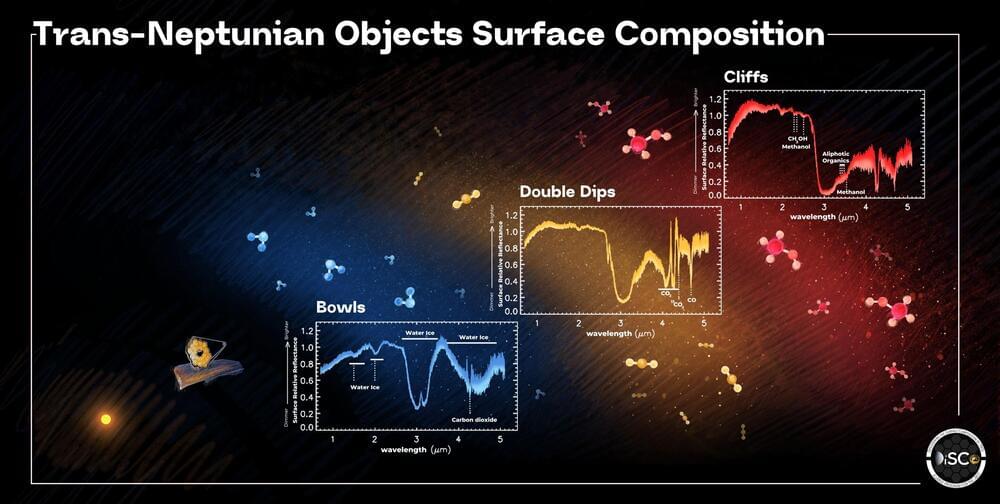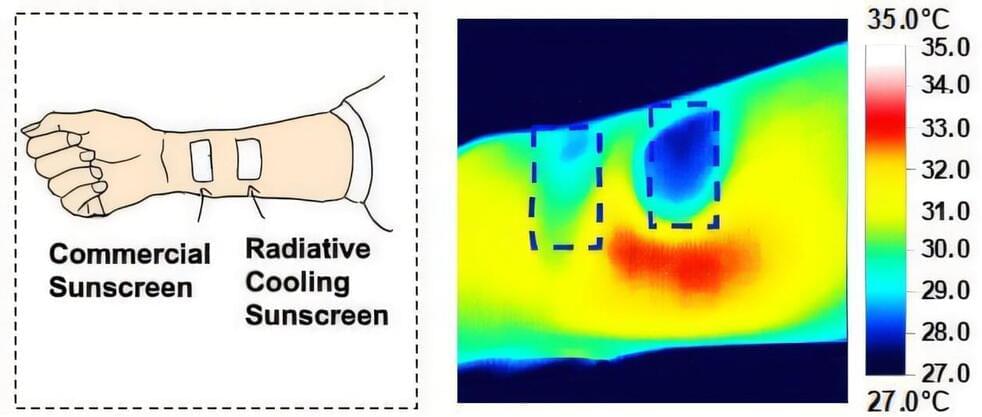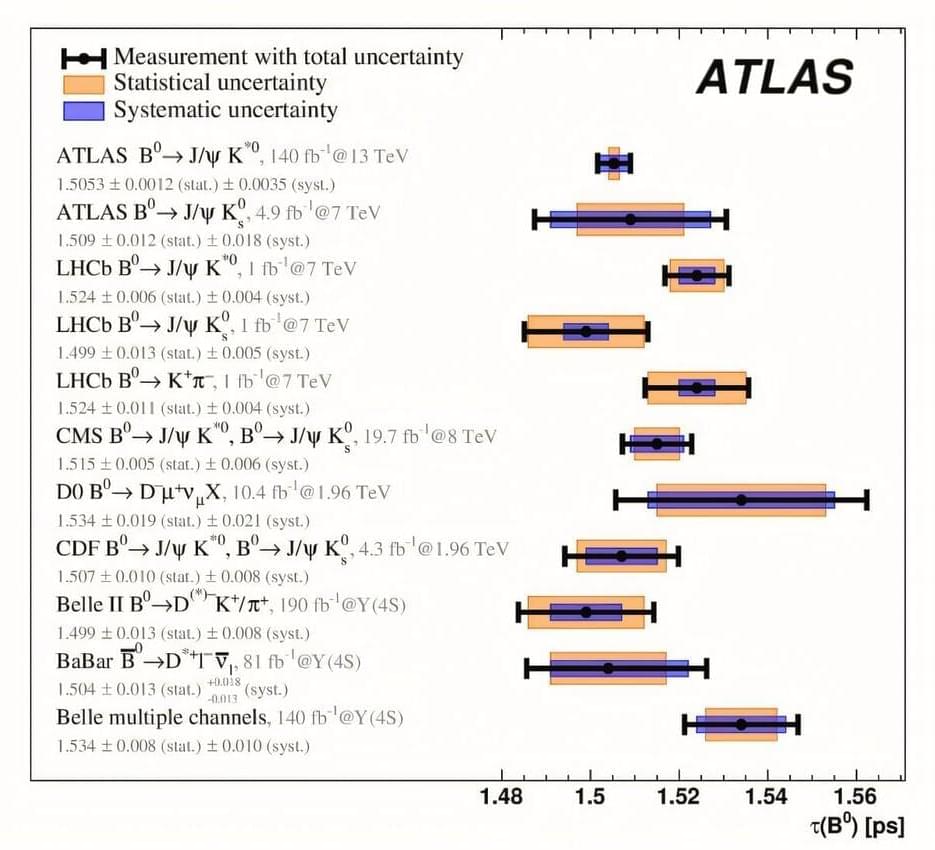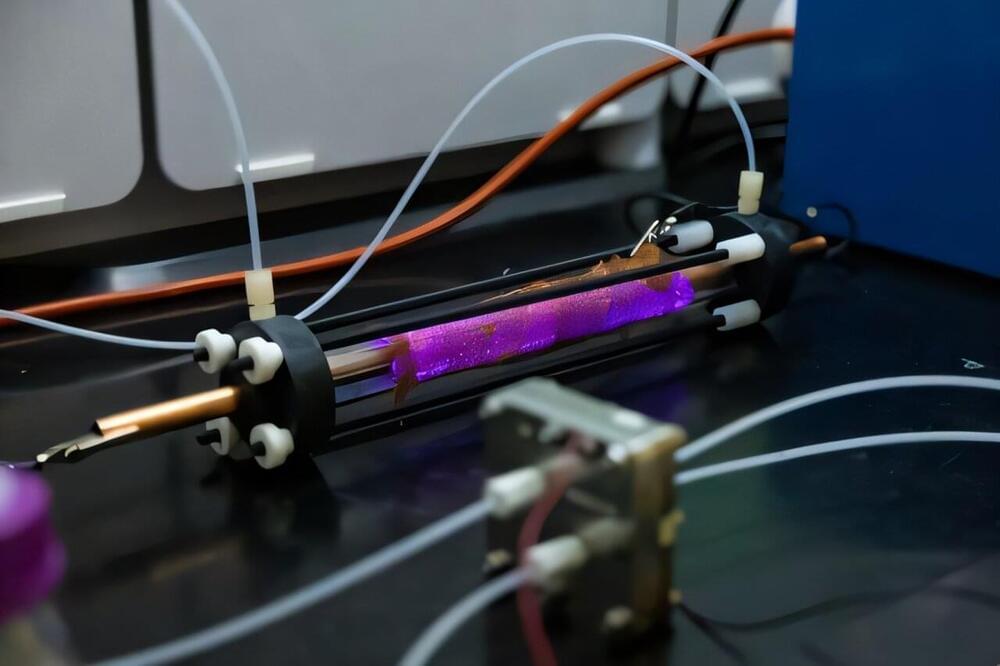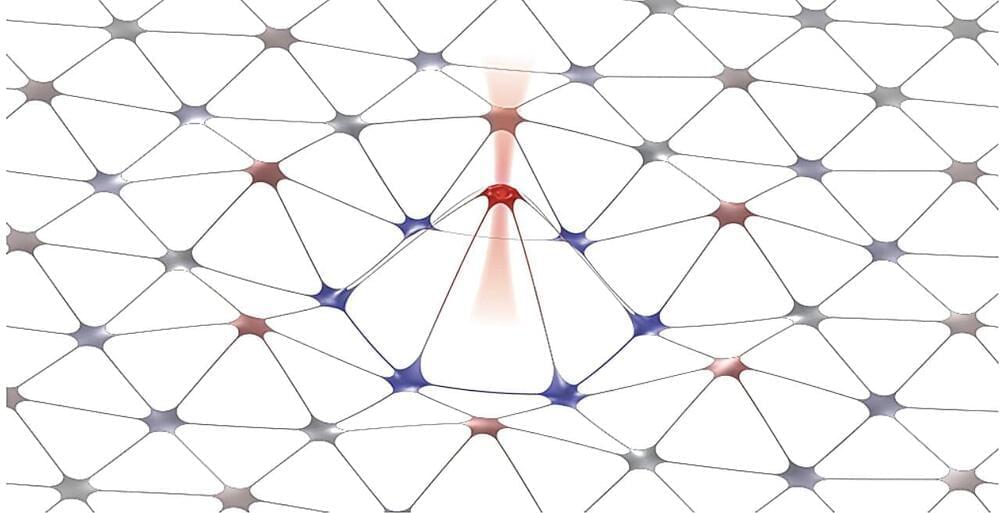New research shows that three sites spread along an approximately 620-mile portion of today’s Denali Fault were once a smaller united geologic feature indicative of the final joining of two land masses. That feature was then torn apart by millions of years of tectonic activity.
The work, led by associate professor Sean Regan at the University of Alaska Fairbanks Geophysical Institute and UAF College of Natural Science and Mathematics, is featured on the cover of the December edition of Geology.
Regan is the research paper’s lead author. UAF co-authors include doctoral student McKenzie Miller, recent master’s graduate Sean Marble and research assistant professor Florian Hofmann. Other co-authors are from St. Lawrence University, South Dakota School of Mines and Technology and the University of California, Santa Barbara.



